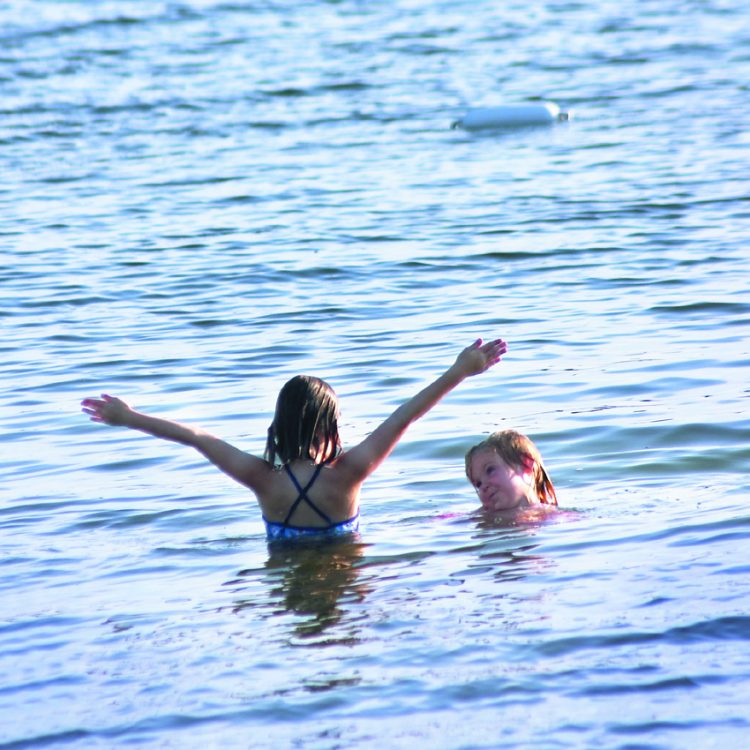Never take your eyes from children in the water


In the United States, drowning is the leading cause of death for children ages one to four, and the second leading cause of unintentional injury death for those ages five to 14, according to the Centers for Disease Control and Prevention (CDC).
Nearly 4,000 people die each year, in the U.S., by drowning. Another 8,000 people, on average, are treated in an emergency room for near-drowning – that’s about 22 non-fatal drownings per day.
As children and families head to pools/beaches this summer, parents and caregivers are reminded to always keep an eye on kids, and actively supervise them when they are in and around water.
“Most drownings involving young children happen in home swimming pools,” said Tyler Bowe, trauma coordinator and registered nurse. “A drowning child cannot cry or shout for help, so keeping an eye on them at all times is the most important first step to ensure swimming is safe and fun.”
CDC studies show while most parents say they supervise their children while swimming, many acknowledge they engage in other distracting activities at the same time, such as scrolling on their phone, talking, eating, reading or taking care of another child.
To keep kids safe in and around water, parents need to do the following:
• Give kids undivided attention. Actively supervise children in and around water, without any distractions.
• Use the “water watcher” strategy. When there are several adults present and children swimming, designate an adult as the “water watcher” for a certain amount of time (such as 15-minute periods), to prevent lapses in supervision.
• Teach kids not to swim alone. Whether swimming in a community pool, backyard pool or in a lake, teach children to swim with an adult. Older, more experienced swimmers, should also swim with a partner. Also, teach children to never go near or in water without an adult.
• Use proper floatation devices. Inflatable toys, rafts, air mattresses and water wings should never be used as lifesaving devices for children – those are only for fun.
• Learn CPR. Learning cardiopulmonary resuscitation (CPR) should be on the top of the to-do list.
• Be extra careful around pool drains. Teach children about the dangers of drain entanglement and entrapment, and teach them to never play or swim near drains, or suction outlets.
• Fence the family pool. Home pool owners should install four-sided isolation fences, with self-closing and self-latching gates, around backyard swimming pools. This can help keep children away from the area, when they aren’t supposed to swim.
• Wear a life vest. A life jacket should be worn by children, including those who are strong swimmers, for all activities in and around water. Having a life vest along, but not on, doesn’t help if a boat tips or someone accidentally falls into water.
More than 40 percent of drownings treated in an emergency department require hospitalization. A near-drowning incident can have lifelong consequences. Kids who survive a near-drowning may have brain damage, that could result in long-term disabilities, such as memory problems, learning disabilities and permanent loss of basic functioning. Even after just four to six minutes under water, the damage is usually irreversible.
If someone is drowning, call 911 immediately.




